Get affordable, Best angioplasty in India with top hospitals and expert care. We simplify your medical journey with full support, transparency, and trusted treatment options.
Recovery Time
10 Days
Success Rate
99%
Hospital Stay
3 Days
Treatment Type
Surgical
Home Treatments Cardiology Angioplasty
Are you seeking angioplasty in India but unsure about the best hospital, procedure, and cost?
Dealing with a Cardiology issue can be stressful, especially when you are not sure how much the treatment will cost. The average cost of angioplasty in India starts from 3200 to 4000 USD, yet it depends on the type of angioplasty, the hospital and doctor, and your health.
In this article, we will talk about the cost of angioplasty in India, why it’s important, and how it is helping more people get the care they need.
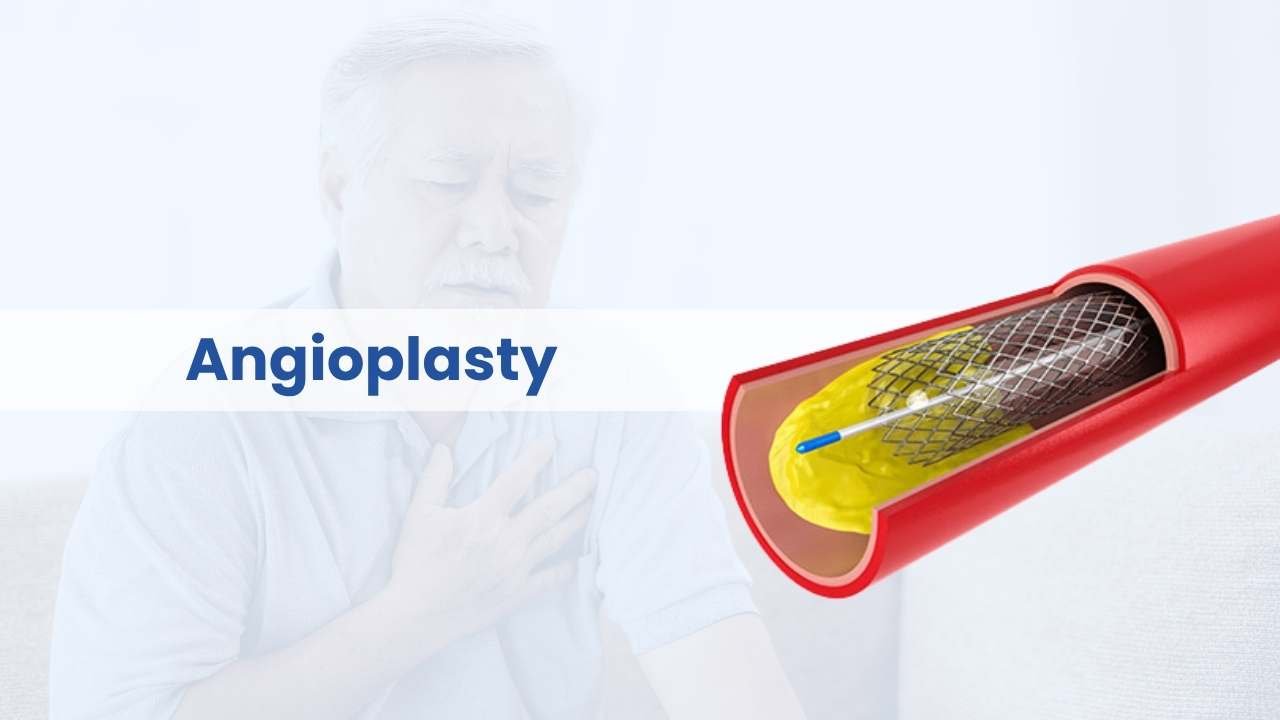
Minimum Cost | Maximum Cost | Hospital Stay | India Stay |
3200 USD | 4000 USD | 3 Days | 10 Days |
Angioplasty is a medical procedure used to open blocked and narrowed blood vessels so that blood can flow more easily. This procedure is often used for people who have had a heart attack and have a condition called coronary artery disease (CAD), which means their heart’s arteries are narrowed and blocked.
Angioplasty can also be done in other parts of your body like the neck, kidneys, pelvis, and arms, if the arteries are blocked.

The cost of angioplasty in India can be different for each person. Here are some important reasons why the price may change:
• Type of Angioplasty
There are different types of angioplasty, like balloon angioplasty, laser angioplasty, and stent-based angioplasty, and each type costs differently. For example, using a drug-coated stent usually costs more than a regular one.
• Hospital Type
The hospital you choose affects the cost, because well-known hospitals with good facilities and top doctors usually charge more than local hospitals.
• Doctor’s Charge
Experienced and well-known doctors usually charge more than junior doctors, which will impact the overall cost of treatment.
• Location of the Hospital
Hospitals in big cities usually charge more than hospitals in small towns and villages. So, the city and area where you get treated affect the cost.
• Medicines
The cost of medicines before and after your angioplasty also increases the total expense.
• Medical Problems and Emergencies
If there are any health issues and complications during and after the procedure can affect the total cost of treatment.
• Care After the Procedure
Costs for staying in the hospital, taking follow-up tests, and seeing the doctor again after surgery are also included in the total cost.
Angioplasty cost
Treatment Name
Estimated Cost
Angioplasty 3200-4000 USD
The cost of an angioplasty in India is lower than in Western countries, but the overall cost depends on these factors given below:
Cost Component | Details | Cost in USD |
Pre-operative Consultation & Diagnosis | Consultations, X-rays, MRI scans, blood tests | 350 USD |
Surgery Costs | Surgeon fees, type of surgery, etc. | 3200-4000 USD |
Rehabilitation and Follow-up | Medications, supportive devices, and follow-up visits | Variable by Procedure |
Fill in your details and we'll get back to you soonGet Free Treatment Quote
Country | Cost Structure |
India | 3200-4000 USD |
United States | 4500-20000 USD |
Germany | 3000-11614 USD |
Turkey | 2000-8000 USD |
Key Takeaways
✅ Affordable Treatment Cost
India offers angioplasty at the lowest cost as compared to other countries like the US, UK, and Australia. Even though the prices are lower, patients still receive excellent care from skilled and experienced doctors.
✅ Modern Medical Technology
Hospitals in India use the latest medical equipment and advanced technology. This is one of the reasons why many people from other countries come to India for treatment.
Angioplasty has become one of the most common treatments for heart diseases in India.
This number is expected to grow even more as people become more aware and get better access to medical care. Angioplasty is becoming a popular choice for heart patients because it costs less and has a high success rate.
With advanced equipment, expert doctors, and modern hospitals, India provides top-quality angioplasty at much lower costs than in many Western countries. Because of this, thousands of patients from other countries come to India every year for heart treatment.
Indian heart doctors are also very skilled, and many have trained internationally. With new medical technology and a focus on improvement, hospitals in India now offer world-class facilities similar to those in developed countries.
Note:
🟢 A recent report says that about 4.5 lakh angioplasty procedures are done in India every year.
The first successful angioplasty in India was done in 1988. Since then, the number of procedures has grown quickly. With better technology, skilled doctors, and affordable care, India has become a top choice for people needing this important heart treatment.
Here are some common reasons why a doctor might suggest angioplasty:
Angioplasty opens your blocked arteries, which helps improve blood flow. Usually, this is needed when fat deposits inside the blood vessels, known as atherosclerosis.
Angioplasty can help treat these conditions:

After you recover from angioplasty, your doctor will ask you to live a heart-healthy lifestyle, like:
Angioplasty helps open blocked and narrow arteries. Here are some important points that help you:
Some important tests that your doctor suggests doing before angioplasty are:
• Coronary Angiogram (Angiography)
It’s an X-ray imaging procedure that uses a dye to check the heart’s blood vessels, like coronary arteries, to diagnose and treat coronary artery disease.
• Electrocardiogram (ECG)
This test helps to check the electrical signals in your heart and also find any problems with your heartbeat.
• Blood Tests
Blood tests check your overall health and make sure your blood can clot properly, and they also check that you are ready for the treatment.
• Chest X-ray
This X-ray gives a general picture of your heart and lungs to see if there are any other problems.
• Stress Test
This test shows how well your heart works when you are active, and it also helps find out if any blockages affect your heart during activity.
• CT Angiogram
A CT scan takes detailed pictures of your blood vessels and shows if there are any blockages and fat in your heart arteries.
🟢 Do’s
🔴 Don’ts
Angioplasty is a procedure performed to open blocked and narrowed blood vessels in your heart. Here is how it works:
After Angioplasty
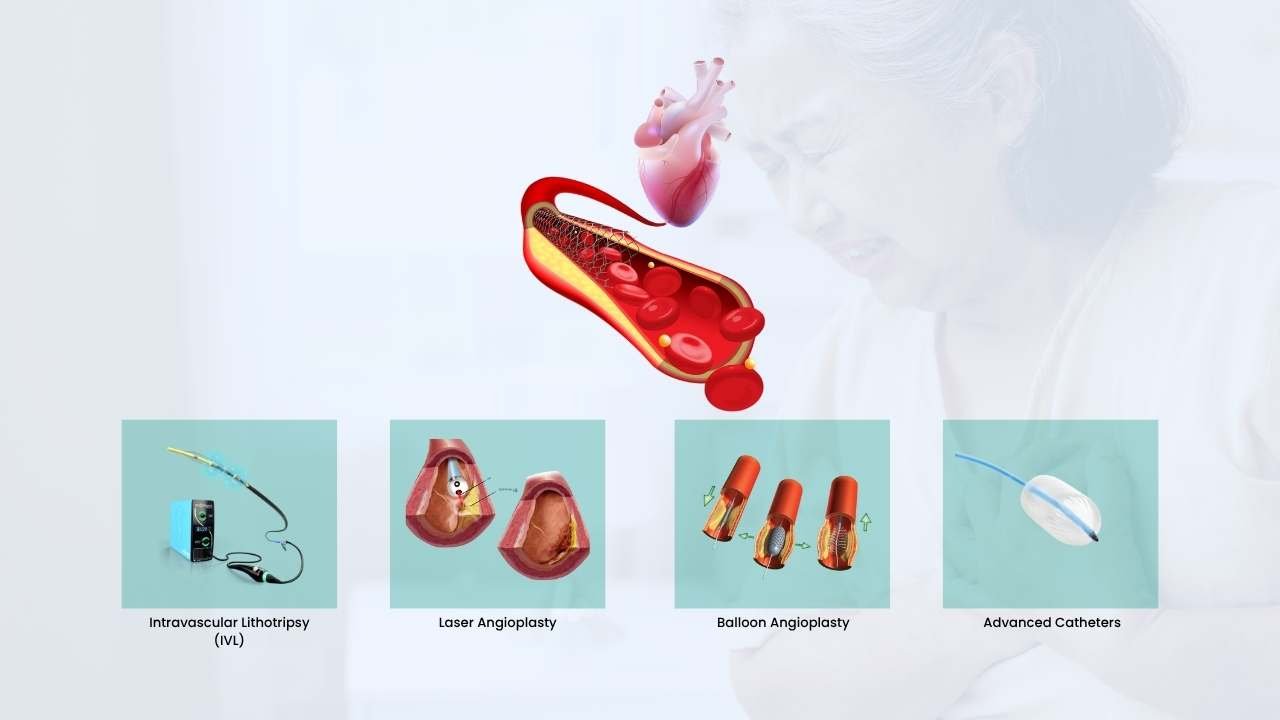
Intravascular lithotripsy (IVL) is a medical procedure used to treat blocked blood vessels. It uses sound waves to break up hard calcium that deposits inside your arteries, especially in the heart. This helps improve blood flow and makes it easier for doctors to place stents. It is a minimally invasive method, which means it doesn’t require any major surgery.
Laser angioplasty uses laser energy to open blocked heart vessels, and it can remove blood clots inside the arteries. This process is helpful when normal angioplasty can’t be done.
Fact: First done in India in 2021 by Dr. A B Gopalamurugan and his team in Chennai.
I balloon angioplasty, a tiny balloon is used to push the blockage aside and improve blood flow.
After this, a small stent is placed in the artery to keep it open. Newer stents are thinner and made from better materials like cobalt and platinum. Additionally, some stents release medicine to prevent clots, and some stents dissolve over time after the artery stays open on its own.
Special stents like Nilepax, Tryton, and Mguard are used in complex and emergency cases.
Yes, you will be awake during angioplasty. The doctor will give you medicine to numb the area where they insert the tube, so you won’t feel pain there.
Not always. Sometimes, just using a balloon to open the artery is enough. But if the artery might close again, the doctor may place a small stent to help keep it open.
No, angioplasty can treat a blocked artery, but it does not cure heart disease. To stay healthy and avoid future blockages, you still need to eat well, exercise, take proper medicines, and not smoke.

Like all surgeries, angioplasty also has some risks, such as:
After angioplasty, you may need to stay in the hospital for 3 days for observation.
After an angioplasty, recovery will take 10 days.
The success rate of angioplasty in India is 99% However, it's important to note that this rate can depend on your overall health.
The Best Doctors for Cardiology in India are highly skilled and well-known for their expertise in procedures like angioplasty. Many of them have trained abroad and have won awards for their excellent work.
The Best Hospitals for Cardiology in India are approved by international organizations like JCI and NABH, which means they follow high-quality standards. These hospitals also use the latest medical technology to help patients get better results.
Beds: 539
New Delhi
Beds: 710
New Delhi
Beds: 650
New Delhi
Beds: 310
New Delhi
Beds: 299
Gurugram
Beds: 380
New Delhi
Beds: 1300+
Gurugram
Beds: 400+
Faridabad
Beds: 504
Noida
Beds: 550
Gurugram
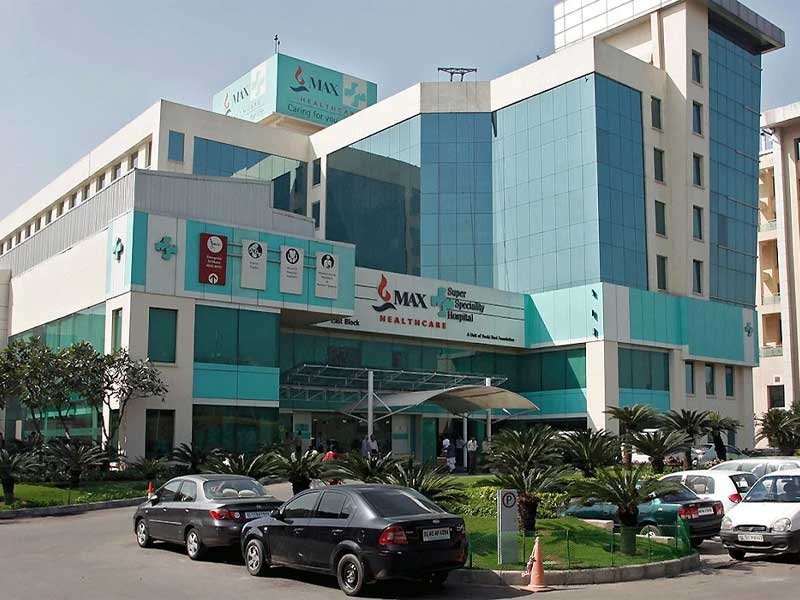
Max Super Speciality Hospital, Saket
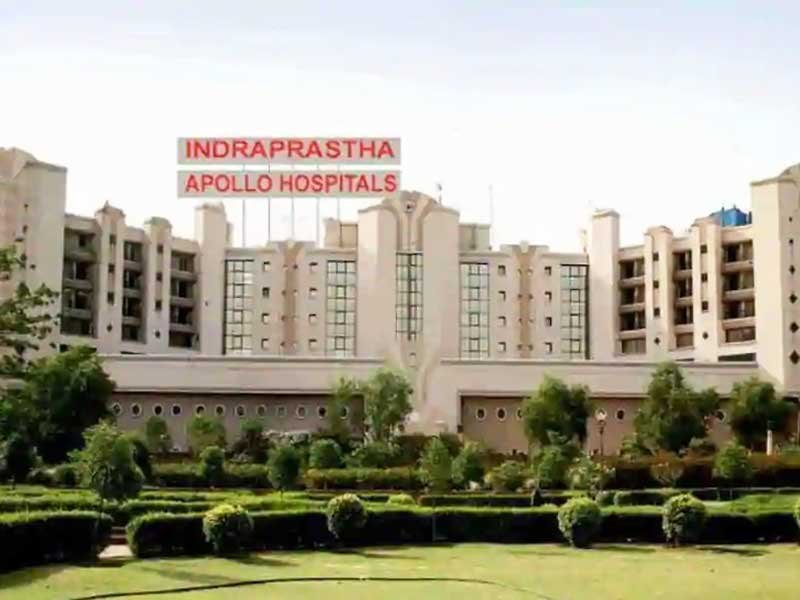
Indraprastha Apollo Hospital
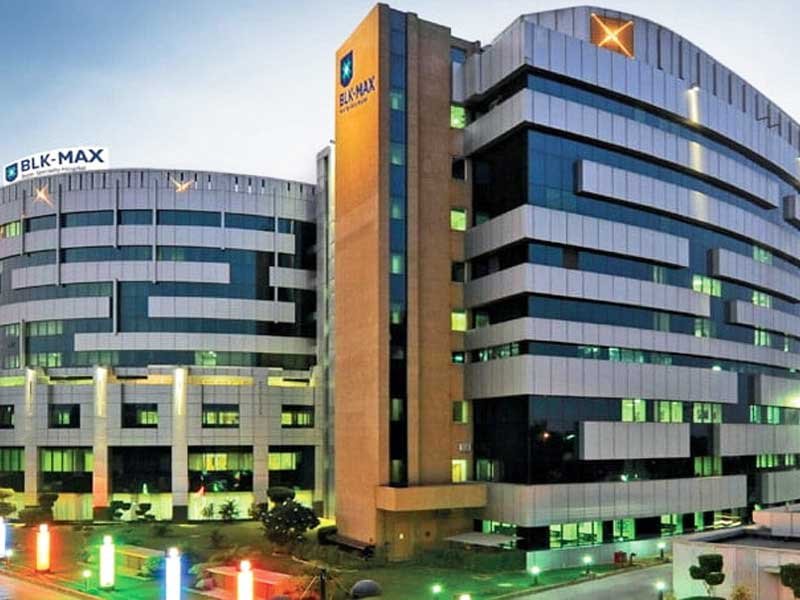
BLK Max Super Speciality Hospital

Fortis Escorts Heart Institute
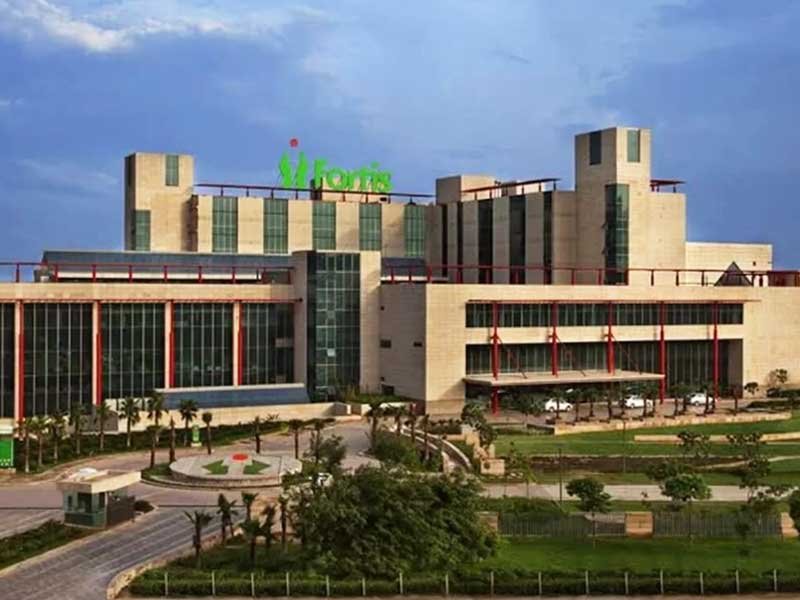
Fortis Memorial Research Institute

Manipal Hospital Dwarka
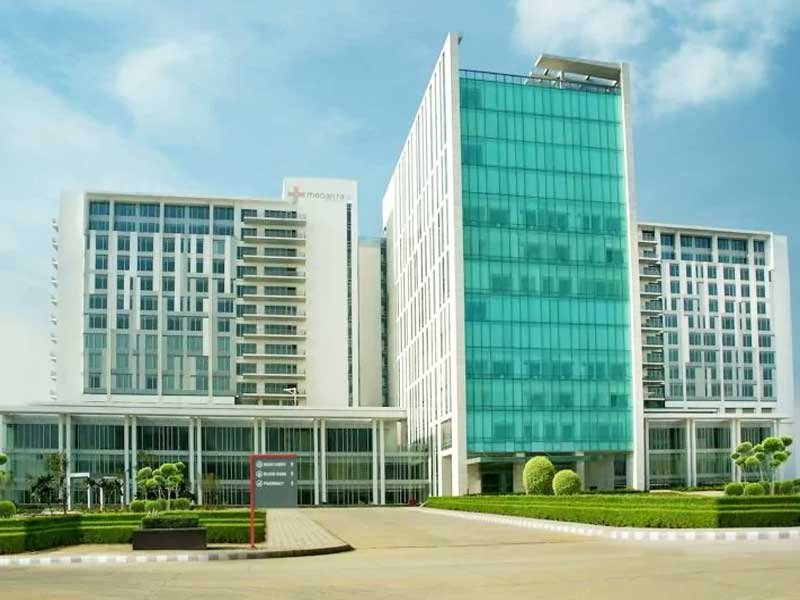
Medanta - The Medicity Hospital
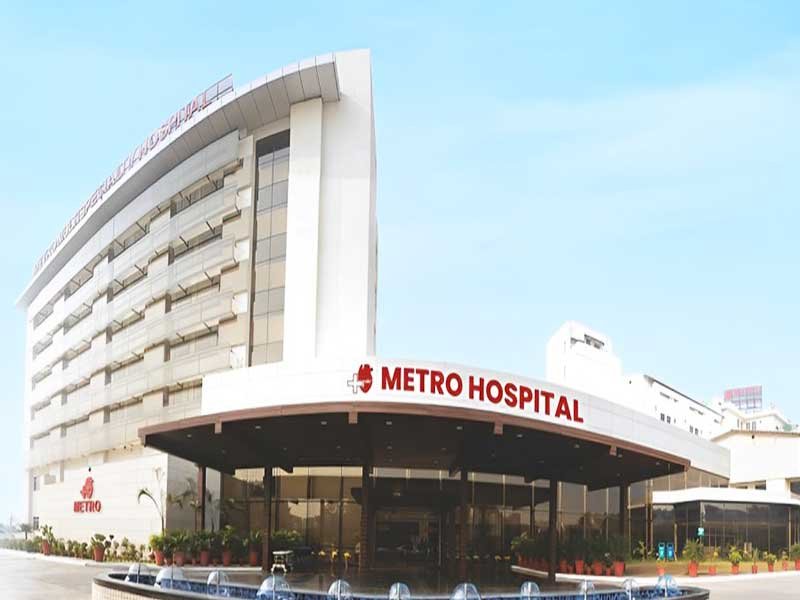
Metro Heart Institute with Multispecialty
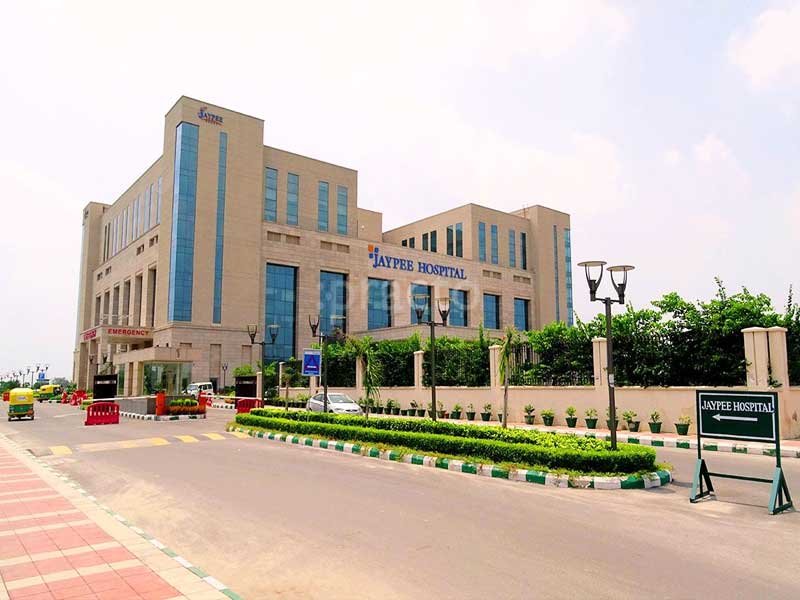
Max super speciality hospital sec-128 Noida

Artemis Hospital
• Team of Top Cardiologists, Cardiac Surgeons
Our recommended surgeons have over 25 years of experience in performing angioplasty and other complex heart surgeries, which means you will receive the best care from experts who understand your heart condition.
• JCI/NABH Accredited Hospitals
Mejocare partners with hospitals that are accredited by JCI and NABH. These hospitals feature the newest facilities and advanced technologies, such as robotics, minimally invasive heart surgery, machine learning, and advanced diagnostic and therapeutic equipment, delivering complete and specialized care.
• Other Benefits
We deliver fast, detailed responses, accurate cost estimates, and assistance with obtaining medical visas, as well as accommodation arrangements in India.
Furthermore, we can help with your appointment scheduling and offer smooth arrival services, including airport pickup, hotel transfers, and full support during your healthcare journey.
People from many countries travel to India for medical treatment because it is more affordable and the results are often very good. Still, it's very important to choose a trusted hospital and experienced doctors to make sure your treatment goes well.
Disclaimer
Please remember, this article only gives general information and doesn’t provide exact costs. If you want expert advice and a clear idea of the costs, we can help you get in touch with some of the best surgeons in India. Reach out to Mejocare today.

Medically Reviewed By
QualificationsMBBS, DTMU University, Georgia,Radiation Oncology Resident at Burdwan Medical College and HospitalDr. Aryan Malhotra is a skilled and caring doctor. He is a Radiation Oncology Resident at Burdwan Medical College and Hospital. He treats people with cancer and works closely with patients during their treatment.He completed his MBBS from David Tvildiani Medical University in Georgia. He has passed the USMLE... Read More
The average cost of angioplasty in India is 3200 to 4000 USD, which is the lowest compared to other Western countries.
The success rate of angioplasty in India is 99%.
Angioplasty is performed to remove fat deposits in your arteries and veins so that people can get rid of blockages that put them at high risk of heart attack and death.
No, usually, angioplasty does not shorten your lifetime.
Both have their advantages and disadvantages, and the best choice depends on your specific condition.
No, there is no age limit for angioplasty; typically, it is considered a safe and effective procedure for people of all ages.
After angioplasty, most patients can return to normal life within a few days or a week. Yet, it depends on your procedure and recovery.
Yes, angioplasty is a generally safe procedure.
Yes, it's possible to have another surgery after angioplasty, especially when a stent was placed.
Our care team can help you.
